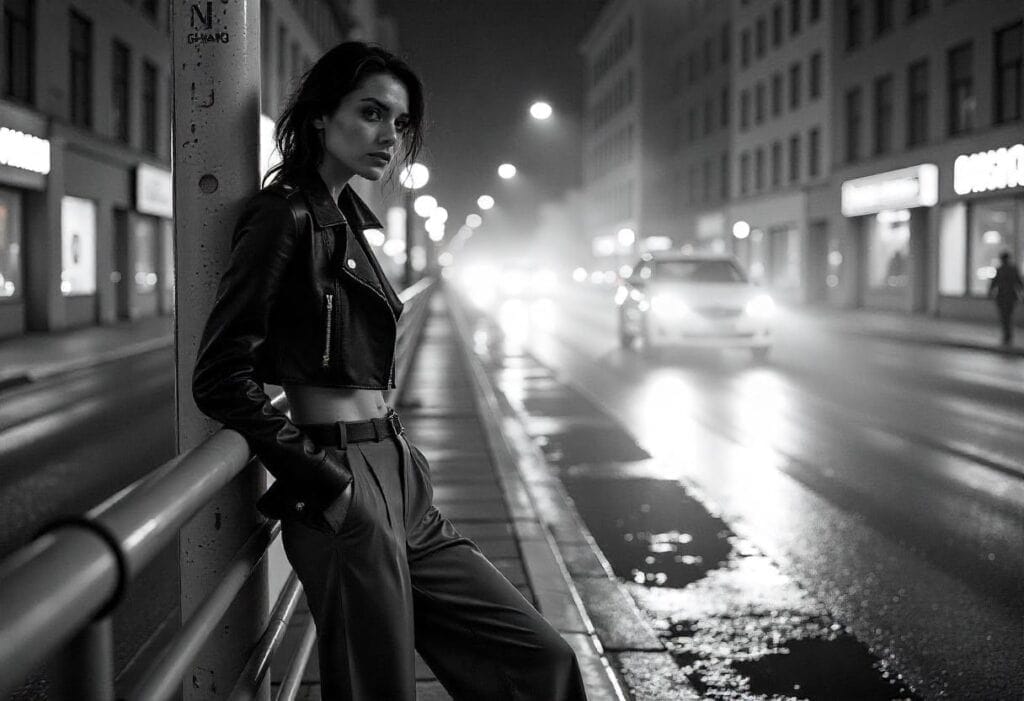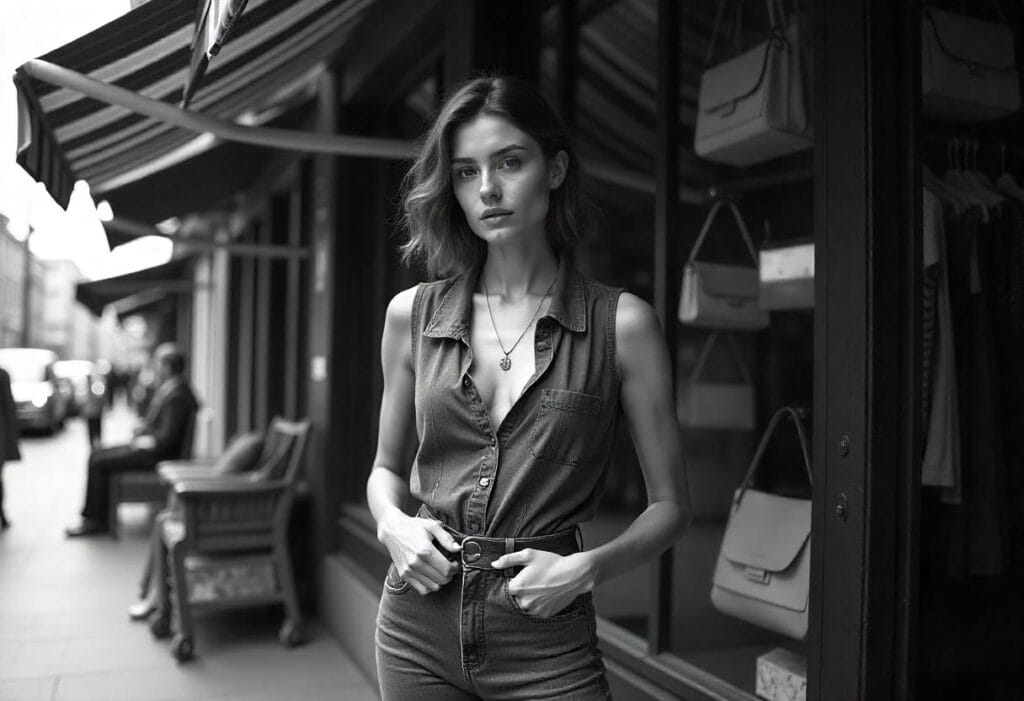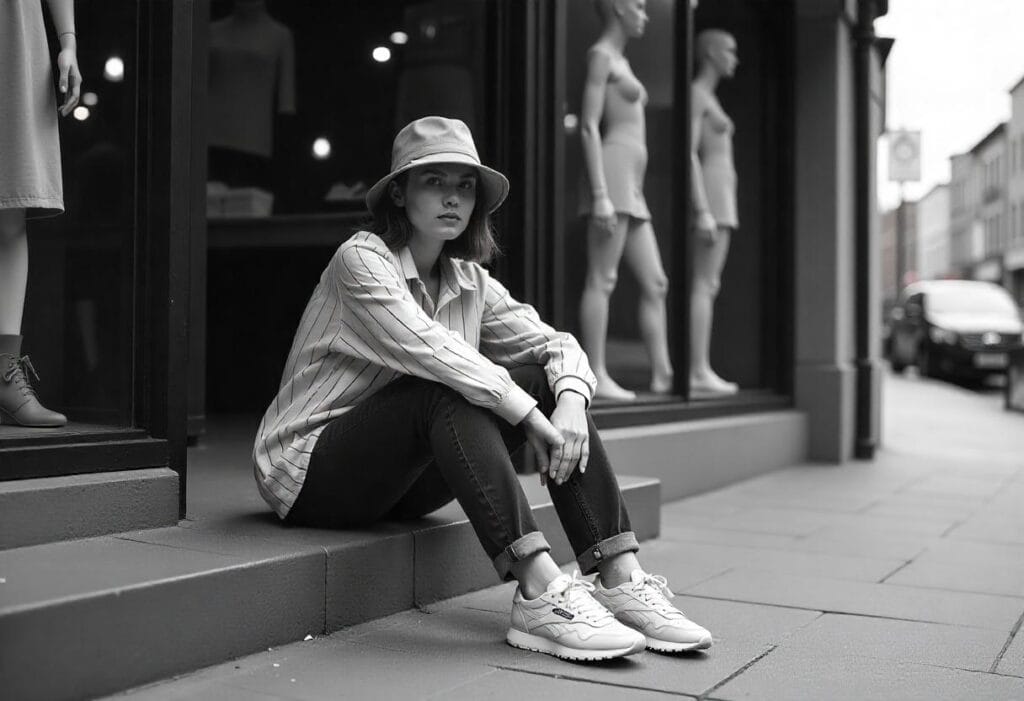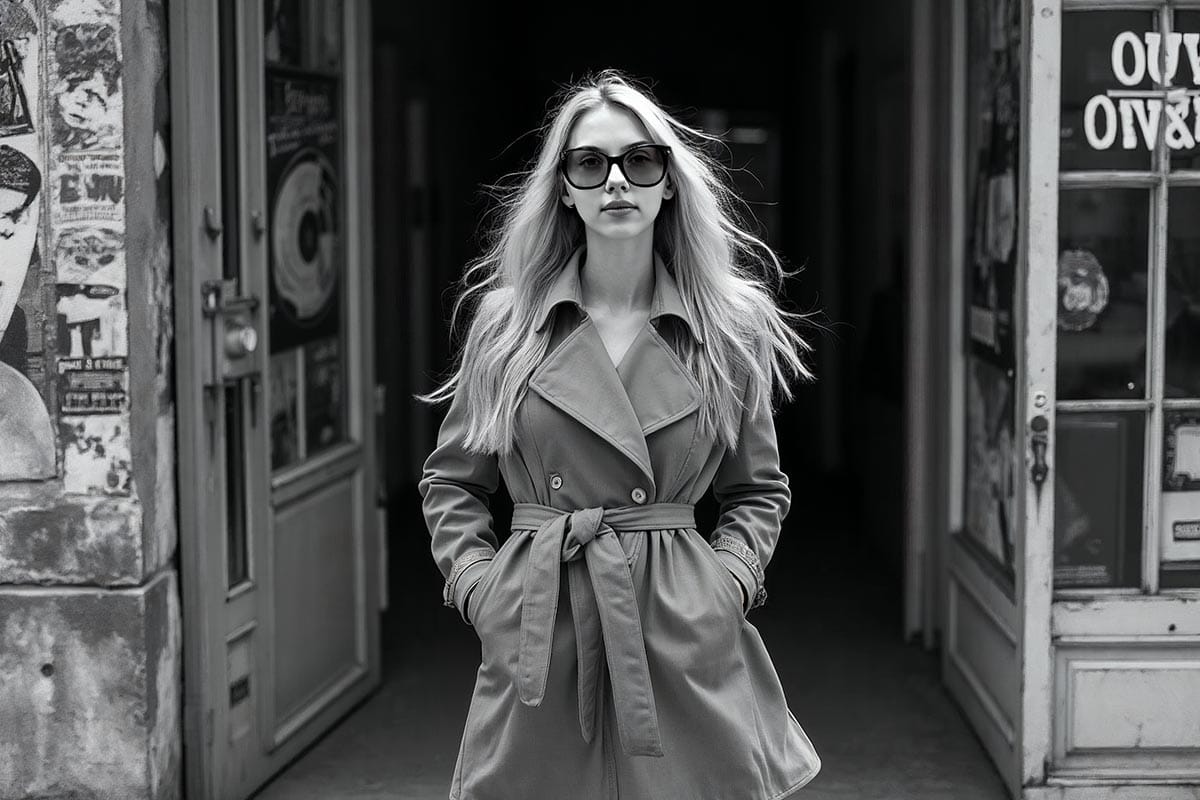Street photography captures raw moments of life unfolding in urban environments. It’s more than capturing moments, it’s about telling stories with every frame. I’ve always been drawn to the spontaneity and emotion that street photography brings, revealing the beauty in everyday scenes that often go unnoticed.

In this dynamic world, every street corner holds a unique narrative waiting to be discovered. Whether it’s the laughter of children playing or the solitude of a stranger lost in thought, these fleeting moments offer a glimpse into the human experience. Join me as I explore the techniques, tips, and inspiration behind street photography, helping you to see the world through a new perspective.
Overview of Street Photography
Urban photography captures spontaneous moments in urban life, creating opportunities for visual storytelling in urban environments. It’s an art form that emphasizes authenticity, documenting the everyday scenes that often go unnoticed. I find that street photography, particularly in monochrome, emphasizes contrast and emotion, transforming ordinary situations into compelling images.
In exploring black and white street photography, I appreciate how it strips away distractions, focusing on shapes, shadows, and human interactions. In 90s New York, photographers turned city life into art — gritty, loud, and alive with culture. That energy still inspires me today.

Fashion photography merges urban aesthetics with style, capturing the essence of street culture. This approach inspires my own work, encouraging me to seek unique narratives in city landscapes.
With the rise of AI-generated street photography, I see new possibilities for creativity and innovation. AI tools enhance my photographic process, offering fresh perspectives when capturing fleeting moments.
For anyone interested in getting started, understanding how to shoot photography in black and white can elevate an individual’s skill set. The simplicity of the monochrome photography aesthetic resonates with my creative vision, urging me to capture the beauty found in the mundane aspects of life.
Historical Context
Street photography has deep roots, shaped by various influences over time. Understanding its history enriches the appreciation for its impact on visual storytelling in urban environments.
Early Influences
In the late 19th and early 20th centuries, documentary photography began to lay the groundwork for street photography. Pioneers like Jacob Riis showcased societal issues through images, emphasizing realism.
Small-format cameras made photography more accessible and less intrusive, allowing candid moments to be captured with ease. The Leica’s debut in the 1920s marked a turning point, redefining how urban life was documented. Monochrome street photography gained popularity, enhancing emotional depth and allowing viewers to focus on shapes and shadows without color distractions.
Notable Pioneers
Influential figures have shaped street photography’s evolution. Henri Cartier-Bresson, known for his decisive moment philosophy, captured fleeting scenes that told powerful stories. In the 90s, New York became a hotspot for street photography, with Bruce Gilden and others showcasing its gritty, chaotic charm. Their work showcased the vibrancy of street life, combining spontaneity with striking visuals.
With the advent of AI-generated street photography, new creators explore innovative narratives and approaches, expanding street photography’s boundaries and encouraging fresh inspiration in contemporary urban settings.
Techniques Used
At its core, street photography lives in moments of spontaneity and genuine human presence. By mastering key techniques, I elevate the storytelling within each urban frame.
Composition Tips
I focus on the rule of thirds, leading lines, and framing to guide the viewer’s eye. Placing key subjects off-center creates dynamic images. I often observe the surroundings, incorporating elements like doorways or windows to create depth.

Capturing candid moments requires patience; waiting for the right expression or action often leads to compelling stories. Experimenting with angles and perspectives provides fresh takes on familiar scenes, resulting in unique street photography aesthetics.
The Role of Lighting
Lighting significantly influences the mood of my street photographs. I often prefer the golden hour, as soft, warm light brings out textures and creates shadows that highlight subjects. Without color, contrast takes center stage, defining structure, depth, and emotion in black and white street photography. I utilize harsh sunlight for dramatic effects, casting long shadows that enhance visual storytelling in urban environments.
Artificial light can also transform scenes at night, offering a new layer of creativity. Understanding how to manipulate natural and artificial light transforms images, making them more impactful.
Ethical Considerations
Street photography often intersects with ethical challenges that require careful consideration. When it comes to photography, especially candid shots, respecting people’s privacy should always come first. Always approach subjects thoughtfully. If someone appears uncomfortable, it’s best to refrain from taking their photo or delete it afterward. Earning trust through respectful interactions elevates the authenticity and depth of visual storytelling in urban settings.
Respecting Privacy
Respecting privacy in street photography forms the foundation for ethical practices. I keep in mind that people in public spaces deserve dignity and consideration. Monochrome street photography, which emphasizes emotion and context, should also respect individuals’ rights. If permission is an option, I ask before photographing anyone recognizable to avoid ethical dilemmas.
Impact on Subjects
Photographs in a street photography aesthetic can have lasting impacts on subjects. Capturing unguarded moments highlights the beauty of everyday life, yet I remain aware of the consequences my images might have. Street photography, particularly in black and white, can evoke powerful emotions, influencing how others view individuals and communities.
I always consider the potential narrative my images create. Balancing creativity with ethical responsibility fosters a respectful relationship between photographer and subject.
Key Takeaways
- Understanding the Essence: About capturing spontaneous, raw moments in urban settings, revealing the beauty hidden in everyday life.
- Historical Context: The art form has deep roots, influenced by pioneers and technological advancements, like the Leica camera, which made candid photography accessible.
- Techniques for Success: Employ techniques such as the rule of thirds, creative framing, and effective use of lighting to enhance storytelling in your street photographs.
- Ethics Matter: Respecting the privacy and dignity of subjects is critical in street photography, emphasizing thoughtful and ethical practices in every shot.
- Monochrome Emphasis: Black and white street photography strips away distractions, allowing for a focus on shapes, shadows, and emotional depth, enhancing the narrative quality of images.
- Innovation through AI: The rise of AI-generated photography opens new creative avenues, encouraging fresh perspectives and innovative storytelling within the genre.
Conclusion
Its more than just a genre; it’s a powerful way to connect with the world around us. Each image tells a story that captures the essence of life in motion. I’ve found that the spontaneity and emotion in these moments can be truly transformative.
As I continue to explore this art form, I’m reminded of the importance of ethical considerations and the responsibility we have to our subjects. It’s about creating a dialogue through our images while respecting the lives we capture.
Whether you’re a seasoned photographer or just starting out, embracing the techniques and philosophies behind street photography can lead to incredible discoveries. So grab your camera and venture into the streets; there’s a world waiting to be documented.







